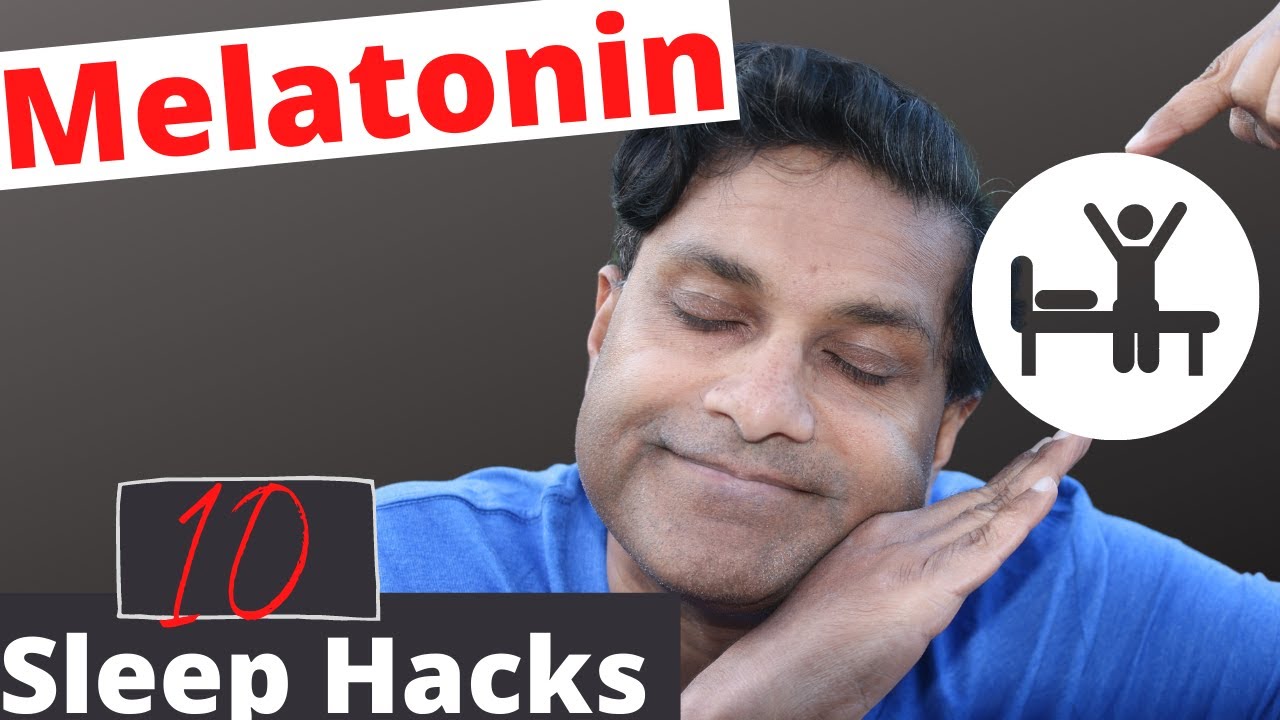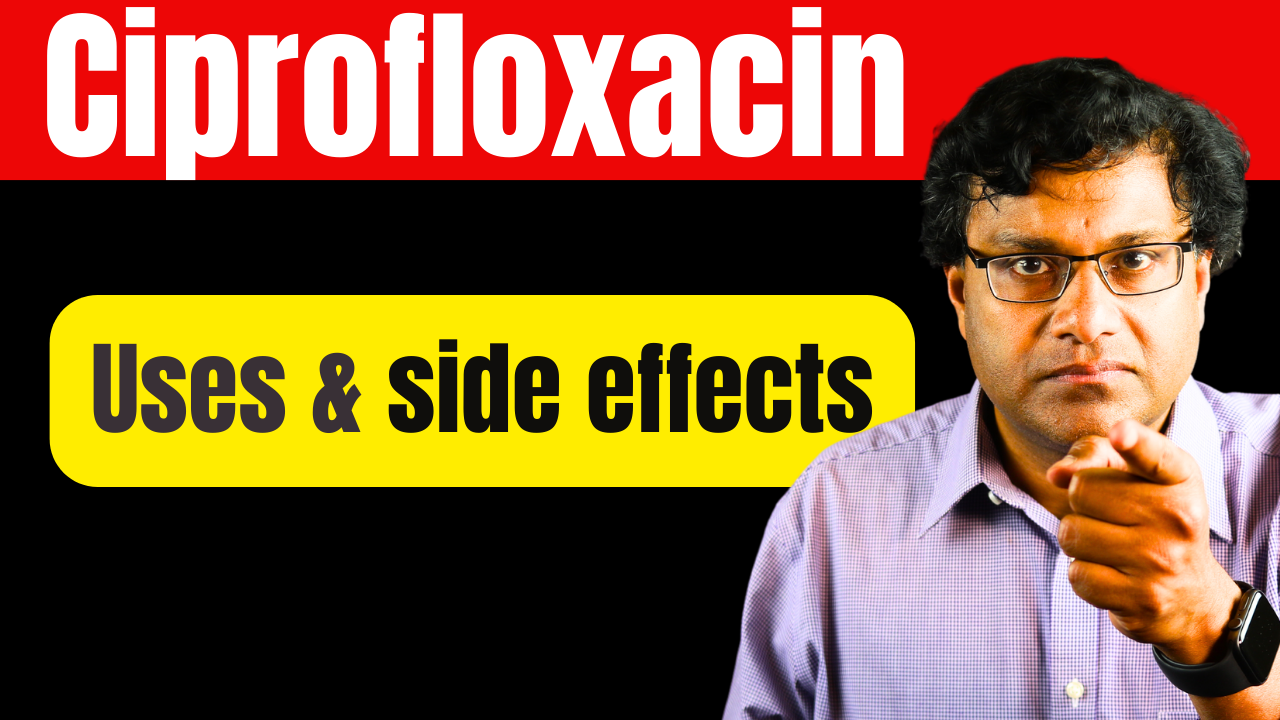This article we will look at eight gallbladder stone symptoms. 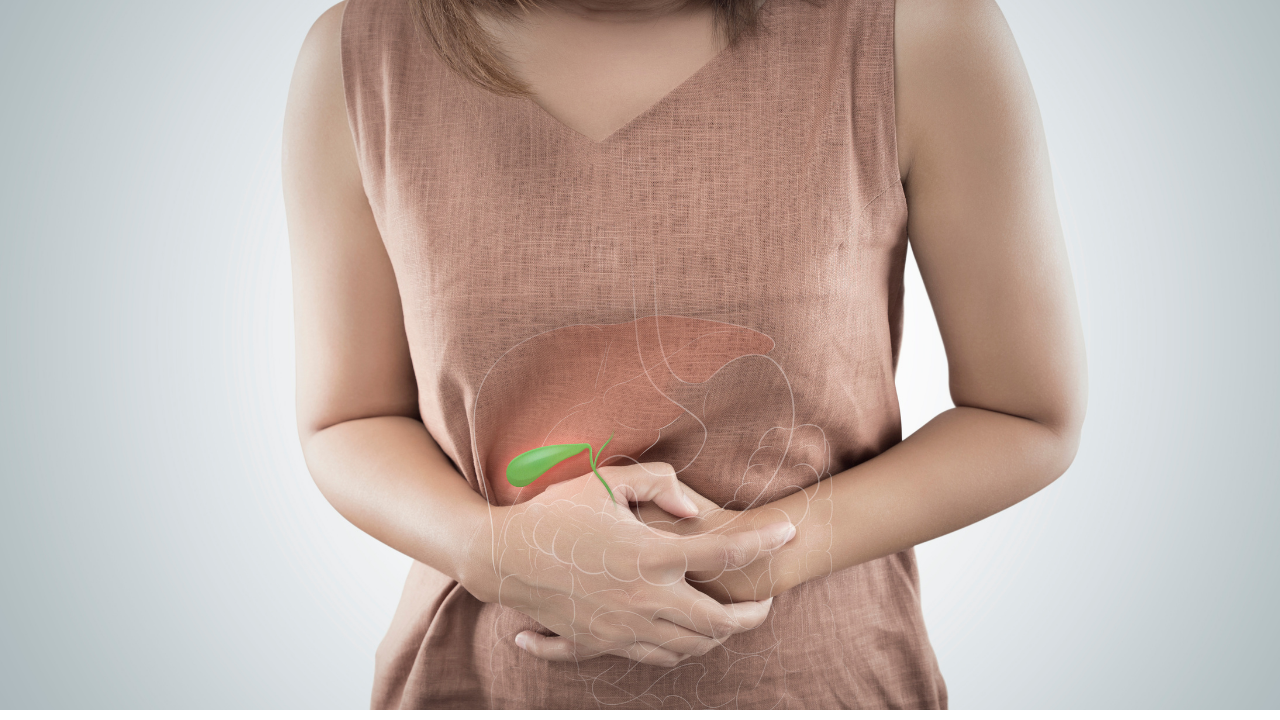
- Abdominal pain:
Typically, you will experience pain in the right upper side of your abdomen, sometimes in your stomach area. In some occasions you might experience pain behind your sternum and this pain can radiate to your back, quite often to your right shoulder.
The pain you experience is quite sudden and intense and can be constant. It can also increase in intensity. The pain can last minutes to several hours. This pain can also happen anytime during the day and can wake you up in the middle of the night.
- Timing of your meal:
If you just had a fatty meal followed by the pain described earlier in this article, you might have gallstones. This is because fatty food or rich food can cause the gallbladder to contract induced by the action of a peptide hormone (cholecystokinin). As a result of these contractions the chances of a stone getting stuck in your bile duct increases. This results in increased pressure in your gallbladder causing your pain.
- Other associated GI symptoms:
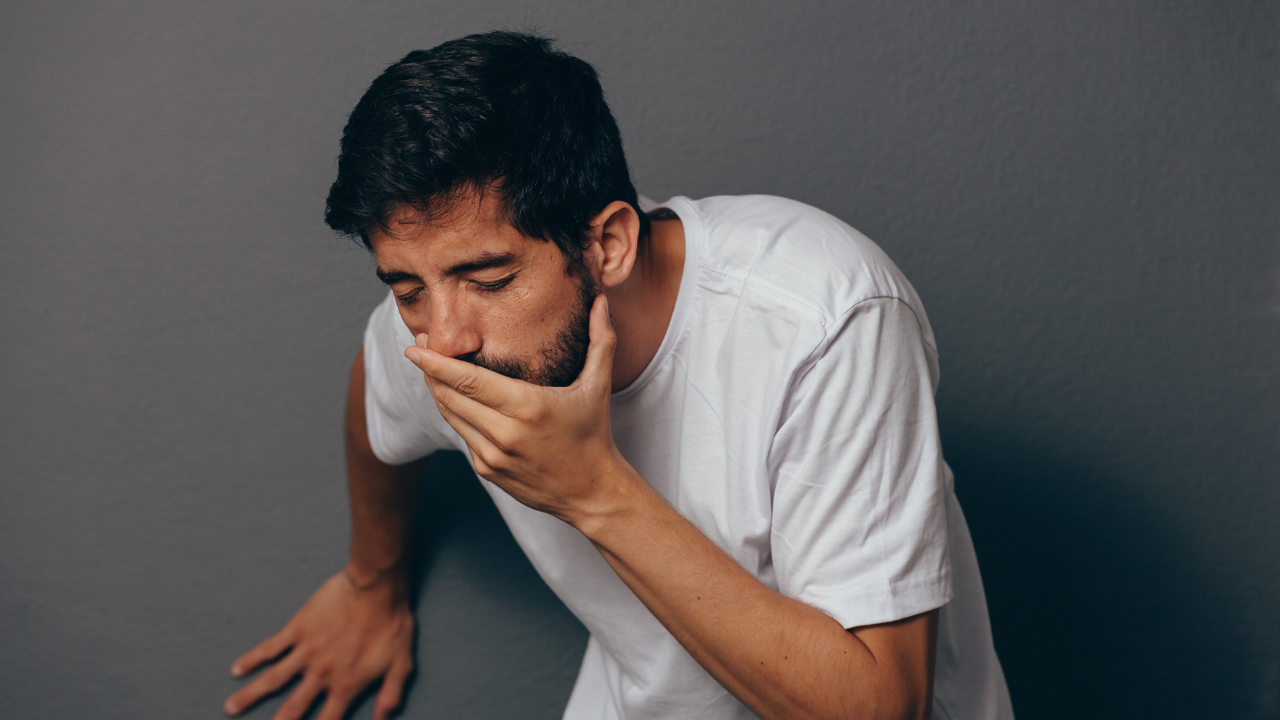
If you are having nausea and vomiting typically with your abdominal pain this is another clue. Your brain sends signals to your digestive system when it senses that you are eating an illness inducing food.
- Other atypical GI symptoms:
Feeling bloated, indigestion, abdominal distention, loss of appetite are all atypical symptoms. These symptoms by themselves are non-specific and like the name implies ATYPICAL. But what I have seen in clinical practice is that these atypical symptoms come and go over several weeks until there is a gallbladder stone attack. If they are seen in context with gallbladder stones, these symptoms should not be ignored.
- Fever and chills:
A clue that gallstones are causing an infection is if you have a fever and right sided abdominal pain. Some individuals develop chills. If your healthcare provider does draw blood your white cell count will be elevated. When your gallbladder is infected this is called cholecystitis. This needs to be treated in the Hospital setting.
- Jaundice: (If your skin becomes yellow or the white of your eyes):
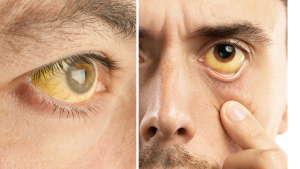
If a gallbladder stone passes out of the gallbladder it can get stuck in your bile duct. This interrupts the flow of bile and causes jaundice. If your bile ducts get infected this can become life threatening. This situation is called acute cholangitis and the typical symptoms are fever and chills, right abdominal pain, jaundice and confusion.
- Urine turning dark brown or yellowish brown/ Stool turning paler in color
As explained earlier, this is another clue that a gallbladder stone has moved and is blocking your bile ducts. Remember pale stool, dark urine associated with abdominal pain THINK gallbladder.
- Acute pancreatitis:
If your gallbladder stone moves from your gallbladder and blocks the duct of your pancreas it can cause an inflammation of your pancreas. Here your pain steadily gets worse with radiation to your back with episodes of nausea and vomiting as well as loss of appetite. Some individuals develop a high fever.
Summary:
Call your healthcare provider or go to the Hospital if YOUR:
- Abdominal pain is not getting better
- If your abdominal pain is increasing in intensity
- If you are having fevers and chills with abdominal pain
- If you are jaundiced with abdominal pain
🩺Think your Health and have a good day!
Sources:
2) https://www.niddk.nih.gov/health-information/digestive-diseases/gallstones






